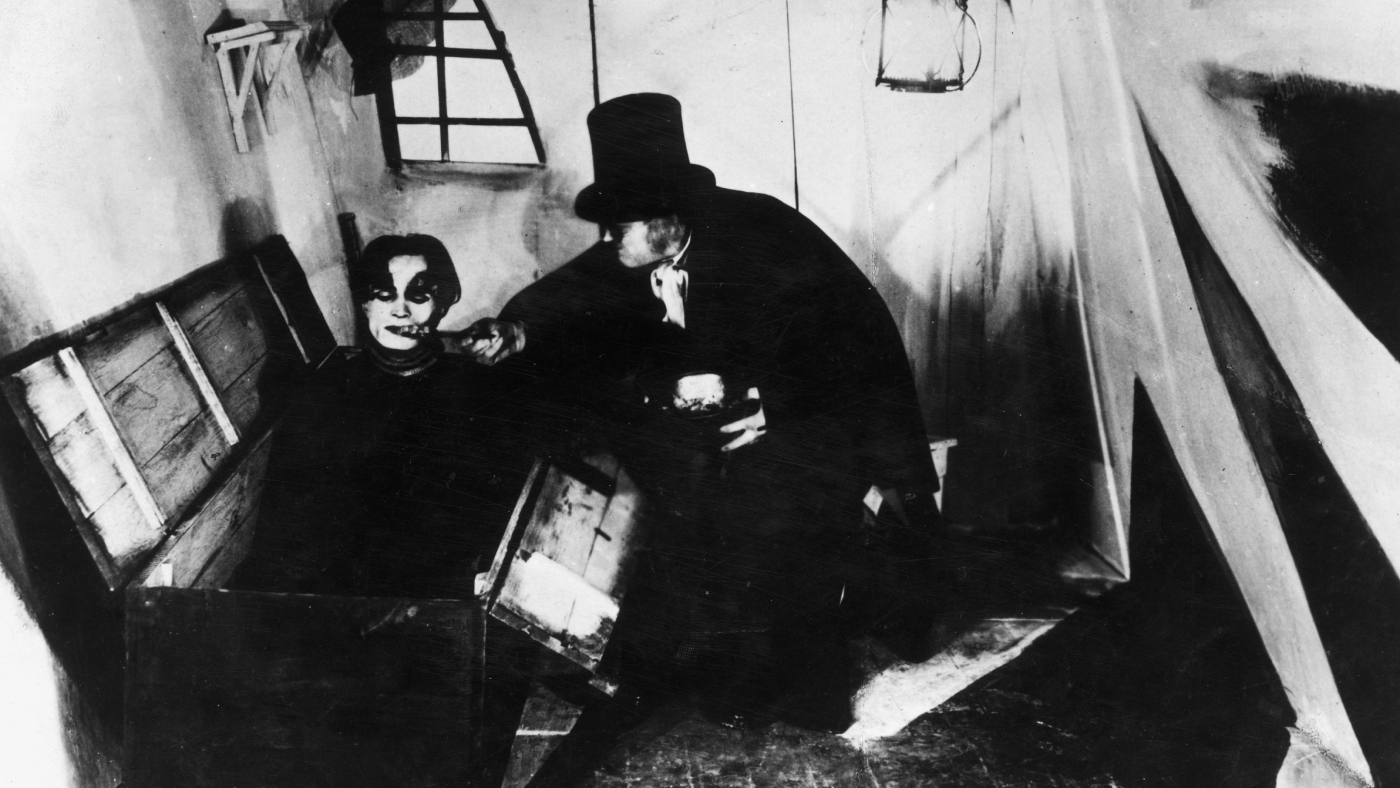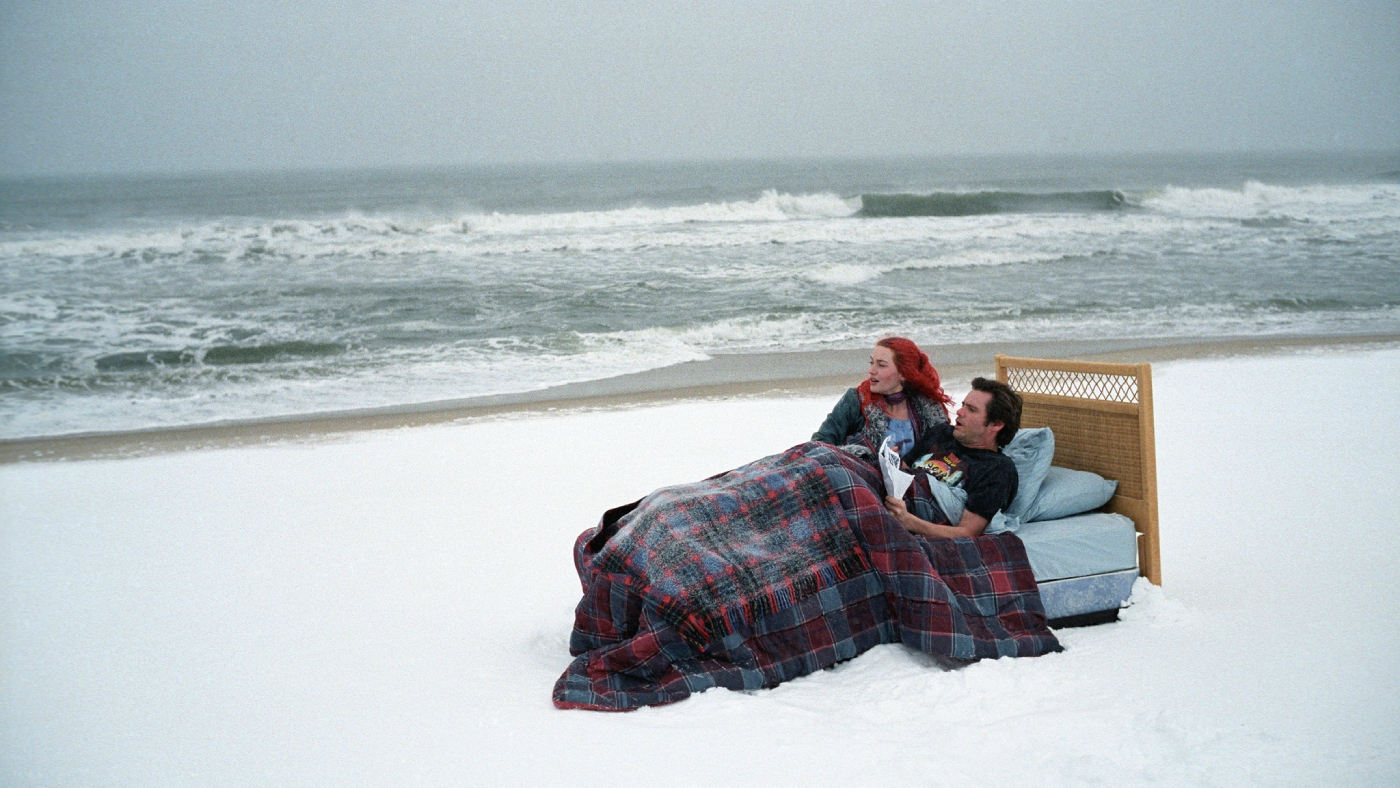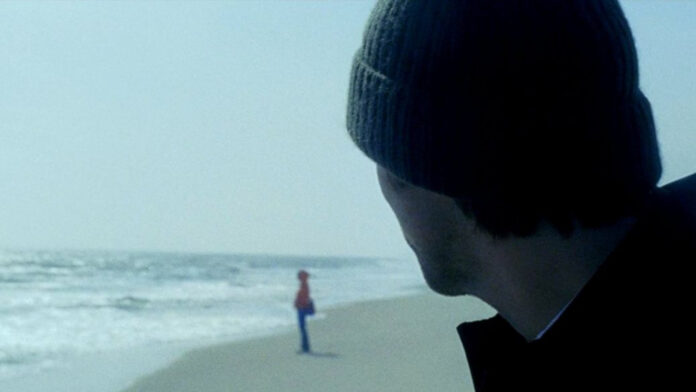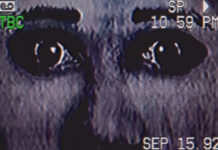Surrealism in filmmaking is a genre that has captivated audiences for decades. These films defy conventional storytelling norms. They immerse viewers in a world where reality and dreams blur into a thought-provoking and sometimes disorienting experience that challenges our views on the human condition.
From the early days of cinema to contemporary masterpieces, surrealism has continuously challenged our perceptions and pushed boundaries. In this article, we’ll explore the history of surrealism in filmmaking and delve into notable examples from various eras. We’ll also provide insights into the visuals, character development and storytelling that go into creating surrealism.
Development of surrealism in filmmaking
Surrealism, as an artistic movement, emerged in the early 20th century, and it wasn’t long before filmmakers embraced its principles to craft visually striking and intellectually stimulating works. Surrealism is characterized by its rejection of rationality and its celebration of the irrational and subconscious. It aimed to liberate the creative mind from the constraints of reality, and it has found a lasting home in the world of cinema.
From the early pioneers who sculpted its foundations to the modern directors who continue to redefine the boundaries, surrealism walks the fine line between the tangible and the intangible. Below are several examples that offer budding surrealists some vivid inspiration. Each film adds a distinct brushstroke to the ever-evolving canvas of surreal cinema. Together, they effectively underscore the enduring power of film to transcend reality and capture the imagination.
The Cabinet of Dr. Caligari (1920)

Directed by Robert Wiene, this silent German expressionist film is often considered one of the earliest examples of surrealism in cinema. “The Cabinet of Dr. Caligari” brings distorted sets, exaggerated acting and dreamlike narrative that set the tone for future surrealistic directors to be inspired by for many decades to come.
Meshes of the Afternoon (1943)
Where a lot of surrealist films invoke a sense of dreamlike states, co-directors Maya Deren and Alexander Hammid faced the concept head-on. Following a woman into her dreams and questions the spaces between the conscious and subconscious minds, between dreams and reality. “Meshes of the Afternoon” is considered one of the most influential films of the experimental avant-garde film movement.
Eraserhead (1977)
David Lynch’s 1977 masterpiece is a quintessential example of creating surrealism in filmmaking. With its nightmarish visuals and unsettling sound design, the film immerses viewers in the bizarre world of its protagonist. The film also invokes a type of irony where the macabre and the mundane are combined, now known as a “lynchian” narrative.
Videodrome (1983)
David Cronenberg’s “Videodrome” dives into analog horror within the surrealism genre. It explores the blurring lines between reality and technology in a way that creates more questions than answers. This film anticipates the digital age’s impact on our perception of reality, which makes it particularly interesting to watch now.
Eternal Sunshine of the Spotless Mind (2004)

Michel Gondry’s film combines surreal elements with science fiction for a deeply emotional and introspective story. The use of lighting, visuals and fragmented narrative create a dreamlike atmosphere. In addition, throughout the film, the plot challenges our desires to erase negative thoughts from our memories.
Birdman (2014)
Alejandro González Iñárritu takes the audience on one man’s complicated journey of ego, falling from fame, mental illness and superpowers. It provides a glimpse into the struggles of imposter syndrome. With unconventional shooting and editing techniques, “Birdman” appears as if it was filmed entirely in one long take.
Asteroid City (2023)
This contemporary film by Wes Anderson takes audiences on a surreal journey into an American nowhere town. It forces viewers to face the inevitability that life continuously unfolds even as individuals grapple with personal tragedies. Moreover, the mid-1950s setting lends well to the artistic post-modern style of this story told through layers of frames and lenses.
Techniques and insights for creating surrealist films
When considering a project within the bounds of surrealism, the details of each layer matter. If it’s not cohesive, the point quickly gets lost. There are several things to keep in mind as your project begins to take shape.
Visual elements
Often, surrealist films use bizarre imagery intended to shock viewers. Imagery that doesn’t exist in reality breaks the chains of logic, transporting your audience deeper into their imaginations than typical fiction might. Here are some tips for how to implement surrealist visual elements:
- Distorted realities: Use mise-en-scène, cinematography and practical effects to distort the audience’s sense of reality. Create dreamlike landscapes or impossible spaces. Jarring juxtapositions are also effective for creating distortions.
- Symbolism and metaphor: Incorporate symbolism and metaphor into your visuals to convey deeper meaning. If you don’t know why you’ve included certain elements, you could end up confusing your viewers more than you want to.
- Abstract imagery: Experiment with abstract and experimental visuals that defy traditional conventions. Think outside the box to craft images that provoke thought. Consider your use of color, space, focus and light to create the right (wrong?) effects when creating surrealism.
- Break the rules of filmmaking: The rules of filmmaking exist to ensure your film makes sense on multiple levels. In surrealism, breaking the rules or using them in unusual ways is an effective way to make surrealist films.
Sound and music
Additionally, many surrealist filmmakers use sound and music to create strange audiovisual experiences to add another layer to the shock factors at play. The sound designers and visual designers will frequently work closely to ensure each scene’s music and visuals work together. Other times, sound may be jarringly absent.
- Soundscapes: Utilize creative sound design to create immersive soundscapes that enhance the surreal atmosphere. Unconventional sound choices can heighten the dreamlike quality of your film.
- Unusual sound effects: Finding just the right unexpected sound effects is a great way to create impact in your film.
- Original scores: Collaborate with composers to craft original scores that complement the surreal visuals and emotional depth of your story. Music can be a powerful tool for evoking emotions and enhancing the otherworldly experience.
Character development
Character development is vital for effective surrealism. These films often use characters that display a lack of will and a certain impotence or passivity. These characters forfeit control and submit to the dream state. They often reflect our deepest anxieties or fears. To develop these kinds of characters effectively, you need:
- Ambiguous characters: Create characters with ambiguous motivations. Leave room for interpretation, allowing the audience to question their identities. While other films will eventually unravel these kinds of mysteries, surrealist films often never do.
- Psychological depth: Dive into the psychology of your characters. Explore their fears, desires and subconscious thoughts to add complexity to your script. Weave juxtapositions between what they know is real and what they fear or feel.
- Monsters or men: Your characters should reach into the darkest aspects of humanity while maintaining a notable lack of control. Whether you’re creating surrealism that is actually a horror film or just delving into the horrors of reality, dig deeply into that psychological place.
Storytelling
Surrealist films are built on the foundation of excellent storytelling. Go beyond the story, though, and into the myriad possibilities that defy reality. These stories should be uncensored by societal conventions to draw the viewers into places they would otherwise never think of.
Nonlinear narratives: Embrace nonlinear storytelling to disrupt the audience’s expectations. Play with time, memory and causality to create a sense of disorientation and curiosity. In some stories, there may be little to no plot, while others cross many unbelievable subplots.
Narrative ambiguity: Leave certain aspects of the story open to interpretation. Surrealism often thrives on ambiguity, inviting viewers to engage with the film. Also, leave space for the passive dreamlike quality that is the cornerstone of this genre.
Embrace the surreal
Surrealism in filmmaking continues to be a genre that challenges our understanding of reality and the human condition. From its roots in German expressionism to contemporary masterpieces, surrealist films explore the depths of the human psyche. It’s the perfect genre to create thought-provoking, visually captivating experiences. By employing techniques such as distorted visuals, ambiguous characters, nonlinear narratives and immersive soundscapes, you will be on your way of mastering the surrealism genre.
Featured image courtesy: Focus Features








